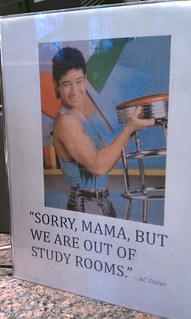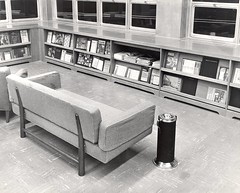
Not long after I started working at the University of Richmond, a coworker told me that most people stay at the University for five years or forever. At the time, five years seemed like a really long time to be anywhere, and I wasn’t sure if I’d ever stay in one place for the rest of my career.
I’d had two professional, post-graduate jobs at that point, neither of which lasted more than three years, for various reasons. I took this one because I liked what I saw when I interviewed, and because it was in the part of the country where I wanted to live. And, as much as I enjoyed the work environment and collegiality (particularly compared to the previous job), I was not going to commit to anything more than my three years.
The first year is the honeymoon. The second is when things get real. The third is when I decide if I want to keep going or try something new.
The path to what has now been five and a half years was… interesting, to say the least. And not without a good helping of uncertainty. Just as I would be getting comfortable with the organizational structure and my job expectations, someone would come by and upset the book truck, so to speak.
I’ve just completed a long period of uncertainty, and while things are not yet entirely settled, it’s finally dawned on me that I have the power to determine, or at least guide, the outcome of this uncertainty, which I’ve never been in (or realized I was in) the position to do before. It also helps that there are some clear dates for when change will have to happen. I always function better with a schedule.
As I enter into the second half of my sixth year here, I don’t want to go anywhere else, and that’s a good feeling to have. Sure, there are still unknowns that could change things. Something could happen to my boss and his replacement could be horrible. My coworkers could leave and be replaced with difficult people. I might fall in love with someone on the other side of the world and decide to move there. It’s all possible, albeit unlikely.
It’s not the best job in the world, or the most perfect library, and I certainly could do with less humidity in the summer, but it’s better (for me) than any place I’ve ever been, and better than most of the horror stories I hear from colleagues elsewhere. Sometimes, when you know how bad bad can be, good enough is good enough. Sometimes good enough is all you need to make it awesome.

